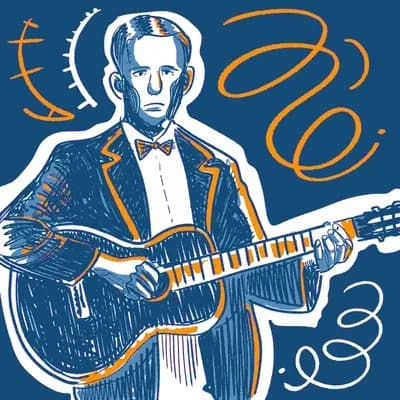
Charley Patton
April, 1891 – 28 April, 1934
As Fahey trudged through swamp, sleep, and snow in the 1960s, knocking on the doors of shanties throughout the south, few recalled names such as Robert Johnson, but many remembered Patton, recounting the figure who would travel the south's small cities, playing the guitar behind his back, and howling his gravelly voice with no electronic microphone. In fact, Howlin' Wolf recalled later in 1967 how, "it was he who started me off to playing." Inspiring B.B. King's cousin, Bukka White, also, White echoed Wolf's remarks.. "always wanted to be like old Charlie Patton.."
MuseScore tabs
No data found